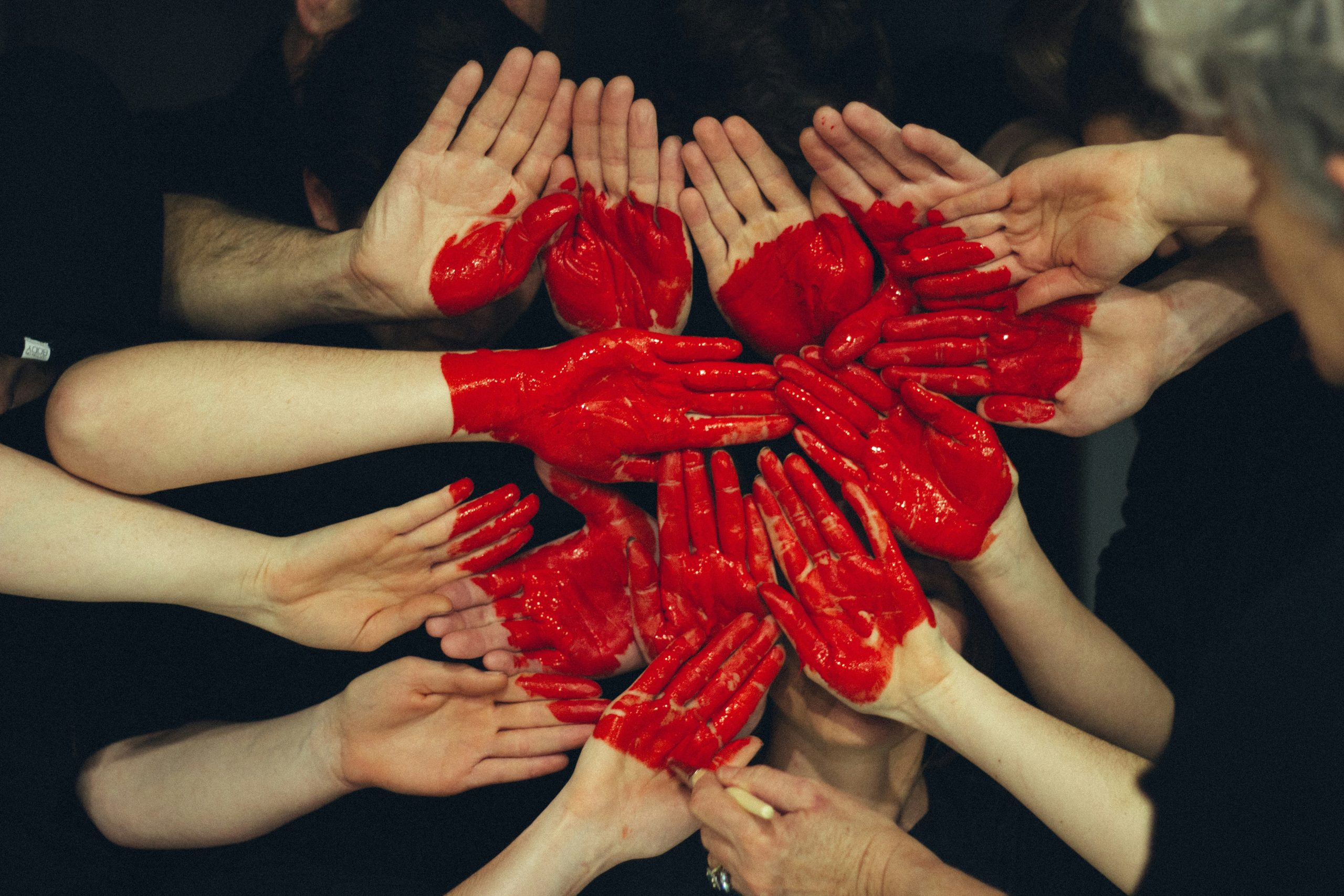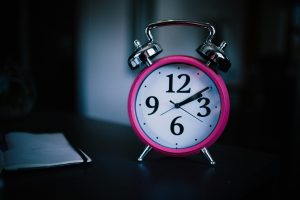Fair Use in the Age of Social Media: Memes, Parodies, and Copyright
The internet has revolutionized the way we consume and share information. With the rise of social media and the never-ending stream of user-generated content, it’s become easier than ever to express our thoughts, opinions, and creativity. Memes, parodies, and remixes have become popular forms of online expression, often referencing popular culture, politics, and current events. But as these forms of user-generated content become increasingly prevalent, the question of fair use and copyright becomes more complex. In this digital age, how do we navigate the blurry line between creative freedom and copyright infringement?
The Basics of Fair Use
Before we delve into the intricacies of fair use in the age of social media, it’s important to understand the basics. Fair use is a legal doctrine that allows for the limited use of copyrighted material without permission from the copyright owner. This includes using copyrighted material for purposes such as criticism, commentary, news reporting, teaching, or research.
The concept of fair use is based on the belief that certain uses of copyrighted material do not infringe on the original creator’s rights. It’s important to note that fair use is a subjective and context-specific concept – there are no clear-cut guidelines or rules that determine what is and isn’t fair use. Instead, the courts consider four factors when determining fair use:
1. Purpose and Character of the Use
The first factor looks at the purpose and character of the use of the copyrighted material. It considers whether the use is for commercial, non-profit, educational, or transformative purposes. Transformative use refers to when the original material is used in a different context or for a different purpose, adding new meaning or expression.
2. Nature of the Copyrighted Work
The second factor examines the nature of the copyrighted work, such as whether it is factual or creative in nature. The more creative the work, the more protection it receives under copyright law. This means that using a parody of a copyrighted song or film may carry more risk than using a factual news report.
3. Amount and Substantiality of the Use
The third factor looks at the amount and substantiality of the copyrighted material used. This considers both the quantity and quality of the material used – using a small snippet of a copyrighted song may be considered fair use, while using the entire song may not.
4. Effect on the Potential Market
The final factor considers the effect of the use on the potential market or value of the copyrighted work. If the use of the material has the potential to affect the market for the original work, it may not be considered fair use.
Fair Use and Social Media: Memes and Parodies
Social media has made it easier than ever to create, share, and consume user-generated content. Memes, in particular, have become a staple of internet culture, often using copyrighted images or videos, with added captions or altered content for comedic or satirical purposes. However, the legality of these memes is often called into question.
While memes may seem like a clear case of fair use, there are no definitive rules or guidelines when it comes to determining their legality. As mentioned earlier, fair use is a subjective concept, and each case is evaluated on its own merit. While a copyright owner may argue that their work has been used without permission and for commercial purposes, the creator of the meme may argue that their use is transformative and does not have a significant impact on the potential market for the original work.
The same applies to parodies, which often use copyrighted material to comment on and criticize societal or political issues. Like memes, the legality of parodies also depends on the four factors of fair use. In some cases, the parody may be seen as a new and creative work that does not infringe on the original creator’s rights. However, in other cases, the parody may be seen as damaging to the potential market for the original work, resulting in a copyright infringement claim.
The Role of Algorithms and Automated Takedowns
Another issue in the age of social media is the role of algorithms and automated takedown systems. Platforms such as YouTube, Instagram, and Twitter use automated detection systems to flag and remove content that may infringe on copyright. While these systems are designed to protect copyright holders’ rights, they can also have unintended consequences, resulting in the removal of content that may actually be considered fair use.
Additionally, these systems are not always accurate and can often result in the removal of non-infringing content. This has sparked a debate about the need for human intervention and decision-making in these processes, rather than relying solely on automated systems.
The Importance of Proper Attribution
While fair use may seem like a grey area, there are steps that content creators and users can take to minimize the risk of copyright infringement. One of the most important steps is to properly attribute the original creator of the copyrighted material. This means providing credit and acknowledging the source of the material used. This not only shows respect for the original creator but also strengthens the argument for fair use.
In Conclusion
Fair use in the age of social media is a complex and ever-evolving issue. As the internet and social media continue to shape the way we create, share, and consume content, it’s important for users and creators to understand their rights and responsibilities when it comes to copyrighted material. While fair use may not always provide a clear answer, it’s essential to consider the four factors and the potential impact on the original creator and the potential market of the copyrighted material before using it.




